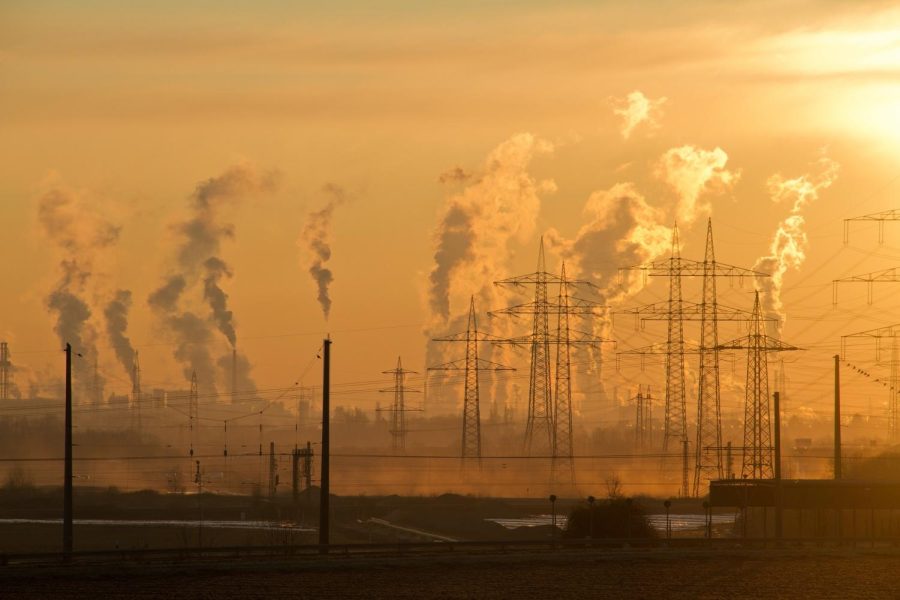The Who, What, and Why of Climate Activism
December 14, 2022
Climate activism is a growing movement in the world today, driven by people’s concern for the environment and their desire to make sure that future generations have a healthy planet to live on. Climate activism is a form of protest used to bring attention to climate change. It involves individuals and groups taking direct action to raise awareness, pressure governments or corporations, and create real-world solutions for environmental problems. Climate activists have employed various methods to express their ideas such as vandalizing art, stopping traffic, creating sit-ins at government offices, organizing marches and demonstrations, setting up blockades at power plants or pipelines, and participating in civil disobedience.
The effectiveness of climate activism is often debated among both proponents and opponents alike. Proponents argue that these types of protests draw much-needed attention to the urgency of acting on global warming while also showing solidarity with those who are most affected by it. Activists also remind us that many corporations who produce emissions-heavy products are rarely held accountable for their actions – so pressure must be put on them through public demonstrations and boycotting activities. Finally, activists push us all towards more sustainable lifestyles: such as reducing meat consumption (which contributes towards emissions), using renewable energy sources instead of fossil fuels, etc. All these actions taken together can lead to real progress in combating climate change head-on rather than just talking about solutions without doing anything practical about them.
Opponents counter that these tactics are disruptive and can lead to violence; they may also be ineffective since companies or governments may not feel compelled by them. On the other hand, however, there are those who oppose climate activism because they feel like its methods are too extreme or disruptive – after all, no one likes having protesters disrupt their daily lives! Furthermore, some fear that pushing companies into making rapid changes due to environmental concerns could hurt economic growth since businesses may not have enough time/resources available for proper research & development before implementing new policies/products-related green initiatives – this could potentially harm jobs & slow down innovation within certain industries leading overall negative outcomes for society at large.
Vandalizing art is one example of climate activism that gained notoriety in recent years due to its use by prominent figures like Greta Thunberg. This tactic involves painting messages related to global warming onto artwork such as statues or monuments in public spaces; it is seen as an act meant to send a powerful message about the importance of addressing climate change but can also be viewed as disrespectful towards cultural heritage sites. Vandalism can result in criminal charges if done without permission from authorities, so engaging in this type of activity should be undertaken carefully with consideration for potential consequences before any action is taken.
Stopping traffic has become another popular method used by protesters around the world when rallying against fossil fuels like coal or oil extraction projects near their homes or places they care deeply about protecting from the destruction caused by industrialization activities. Although this approach can help make people aware of what is happening, it does disrupt everyday life for those whose commute depends upon transportation services being available on time. There is no denying that roads need clear access for emergency vehicles, maintenance crews, transit systems, etc., however blocking roads could provide more than just an inconvenience if you consider how much pollution cars generate when stuck idling during rush hour traffic jams.
So, whether these forms of climate activism are right or wrong comes down to opinion; some will view them positively because they believe strongly enough in their cause making necessary sacrifices worthwhile while others might discount them because there could potentially be better ways spent using resources outside legal boundaries (e.g.: lobbying politicians).
It all depends on where your values lie, which means everyone must decide individually how far they want to go when fighting against something they feel passionate about – regardless of if everyone agrees with their actions or not. In conclusion, although there are different opinions regarding the efficacy & morality behind certain types of environmental protest, what’s undeniable though true activists recognize we are running out of time combatting the effects of global warming already having planet earth today – so whatever way needs to be utilized ensure future generations get chance to live healthy lives too!




